In Conversation is a feature in which the senior staff talk about a recent record we’re listening to. Not exactly a review, it’s pretty much exactly what it says on the tin: two music nerds having a conversation about an album with all the tangential nonsense, philosophical wanking, and hopefully insightful commentary that implies. This week we switched it up a bit, latching on to the hype surrounding the resurfacing of Nine Inch Nails’ Broken movie, which is embedded below. You should probably watch it before reading if you haven’t had the pleasure previously, but be warned, it’s hella NSFW, featuring plenty of graphic violence and sexuality.
NIN – Broken [HQ Version] by LaTo59
Alex: It’s hard to imagine that anyone involved in the making of the Broken movie ever seriously thought it would get a commercial release. Created by Trent Reznor and Peter Christopherson as a means to link the videos for Nine Inch Nails’ Broken into a mini-movie, it metaphorically picked up where the infamous video for Nine Inch Nails’ “Happiness in Slavery” left off, amping up the mixture of sadomasochism, violence and general grit to a level commensurate with the themes of the record, that is to say, fairly extreme even by today’s standards.
As with most NIN fans of a certain age, the first time I saw Broken was on a high generation bootleg VHS with bad tracking problems, acquired for a nominal fee from some guy on alt.music.nin or one of the other off-brand newsgroups dedicated to the band. It would have been 1997 or so, and as ridiculous as it seems in retrospect, I was actually pretty scared to have it sent to my parents’ house, lest my folks discover I was ordering faux-snuff porn through the internet. I had read extensive descriptions of the events of the movie, and it had taken on a mythic quality in my mind, something so extreme that even having seen it was a mark of rebellion and worldliness. (As a point of comparison, earlier that year I had taken a two hour bus ride to a shitball video store with lax renting policies to acquire a copy of Buttgereit’s Nekromantik, which for some reason seemed like less of a big deal despite being way more vile and objectionable, not to mention actually legally banned in my home province.)
Taken in that context, the fact that Trent or someone within the NIN camp put up the whole of the movie’s 20-some minutes to stream on Vimeo for all and sundry (at least until it got taken down for a terms of service violation a few hours later) seemed totally incongruous. How could something so potent, so transgressive be accessible at the click of a link? On Facebook even? Which leads me to my first line of questioning: is Broken still as shocking and gut-churning as it ever was now that we’ve had years of the internet messing with our internal disgust compasses? Or is this feeling just residue from a more innocent time?
Bruce: I have to cop to not having seen Broken uncut until comparatively recently, when those same shoddy transfers you were hunting down were finally digitized, but I think the answer to your question is twofold, and really needs to be thought of in connection with the history and legacy of NIN. On one hand, Broken might not now look so different from any tossed-off torture porn movie, but on the other it still does look (and feel) very different from any contemporary video endeavors from any but the most marginal of bands. It’s important to remember that while the Broken video itself was “underground”, NIN were anything but at the time: they had heavy major-label support, loads of MTV airplay, and had acquitted themselves well on the inaugural Lollapalooza. While you could probably find any number of industrial-related acts putting out stuff just as gory (if not legitimately upsetting), none of them are a couple of years away from headlining stadium tours and references on the Simpsons. My point is that while yes, we can find stuff just as transgressive, it isn’t sitting in remote proximity to whatever we could call crossover success or popularity.
The issue of innocence and nostalgia you raise is a key one, and again I think we serve Broken better if we cleave to NIN’s specific trajectory rather than our own histories. It’s interesting that so much video controversy was attached to NIN in the 90s, from the hilarious “Down In It” mix-up, to urban legends about the content and origin of Broken, to even the edited-down content from it which appeared on Closure (my friend’s mom had to buy the copy we all duped in high school due to the Virgin Megastore requiring ID proving you were 21 before selling it), especially in light of Reznor’s comparative respectability within broader culture these days. In an age in which Trent wins Oscars, scores AAA video games, and is spoken of as one of the more mature and “serious” artists the 90s produced (alongside Radiohead), I think what’s being triggered isn’t just our own subjective memories of tape duping and bootleg swapping, but remembrances of an objectively very different period in NIN’s history.
Speaking of changes in general culture, one thing that jumped out at me while watching Broken was the dovetailing of industrial culture’s obsessions with serial killers, which have been there from the beginning (“Very Friendly“), and a bump in general pop culture’s fascination with them in the 90s. I could be way off base, but it seems like that era fixated on them not just as emblems of social ills as in the past or as the unremarkable quarries in today’s procedurals, but as stylized antiheroes, beginning with the success of Silence Of The Lambs and perhaps reaching its apotheosis with the NIN-relevant depraved mindfuck of Se7ven (Fincher perhaps also closed the door on this trend with Zodiac, in which the killer is an unknowable lacuna, the pursuit of which is futile). Do you think industrial’s relative general popularity in the 90s had something to do with this intersection of interests? Does Broken‘s serial killer theme feel to you like a continuation of industrial culture’s interest in that area or a marker of something from the broader zeitgeist?
Alex: Well, I don’t know that I can logically attribute the popularity of serial killer chic with industrial rock in the 90s; it wasn’t really a widespread theme amongst the few popular acts (242’s “Serial Killers Don’t Kill Their Girlfriends” notwithstanding). There is something to the idea of Trent deliberately referencing a classic industrial trope though; especially in light of how the more popular he got, the more he felt the need to do things like release remix albums loaded with people like Coil and Jim Thirlwell. Despite having basically given a big ‘ol kiss-off to industrial (remember that famous FLA diss?), he kept going back to it for a few years afterwards in various capacities. I’m sure he’d probably deny that, but whatever his relationship with the Wax Trax roster is a matter of public record, he might have thought the contemporary electro-industrial stuff of the time was bullshit but he was at least conversant with the larger history of the genre. It’s not like he was working with Sleazy because he liked the videos Pete directed for Bad Company or something.
There’s also I think a good case to be made for Trent’s general desire to keep his image as extreme as possible in the face of rising popularity. He’s always had a streak of contrarianism, and getting the record company to pay for a simulated torture session (note that the Interscope copyright notice is still on the end of the video) seems pretty characteristic of him in the early 90s. Like, compare the videos for “Wish” which is basically pretty goofy, all Nine Inch Nails Beyond Thunderdome, and “Happiness in Slavery”, where Bob Flanagan gets his dick and internal organs fucked with before being ground up into sausage meat, totally unusable for promotional purposes. Was it Trent reacting to his newfound fame with acts of calculated self-sabotage that ended up being anything but? Was he just trying to get away with as much as possible, using the system to undermine itself? Was he just piqued by something creatively with no further thought given to how it might eventually turn out? Who knows? It certainly didn’t hurt his image as an edgy outlier in the music of the era at any rate.
I really don’t feel like we need to go over the individual beats of the movie; the significance of it as a piece of art by a commercial musician is actually way more interesting to me than the actual film itself at this point. But I guess it should be asked: is the Broken movie still as shocking as it once was? I think I actually find myself unsettled by the toilet gimp suit and the steak scene moreso than the actual torture portion of the video at this point in my life.
Bruce: Yeah, I think I’d agree with that, and with those bits making it onto Closure I was exposed to them much earlier than the more explicit gore. I think individual mileages will vary as far as what is shocking or disturbing, based on personal phobias, beliefs, and the like, but I do think that pure gore and torture have to have lost at least some of their impact upon the general populace, again in an age of routine torture porn flicks. More uncanny, indefinably disturbing material (and dare I say more artful?) like the pieces you mention might trigger something more in modern audiences simply on the basis of their relative uniqueness. I think much of the “shock” which people are talking about this week in connection to the video’s resurfacing has more to with its history and cachet, as Rob Sheridan pointed out.
How about this: it’s difficult to think back to contemporary reactions to individual points in a discography like NIN’s which most people reading this will know like the back of their hand, but the brief, unified, and unremittingly aggressive sound of the Broken EP must have come as a shock to most listeners after Pretty Hate Machine, even those well aware of Reznor’s connections to the Wax Trax posse. The funk metal of “Last” is as close as Broken comes to the poppier side of PHM, and the sheer amount of guitars Broken features remains unequaled in Reznor’s work. Maybe part of the impact (or impetus) of the Broken film comes from its introduction of an utterly new and different incarnation of the band?
Alex: Since the movie never saw release, I can’t see how the actual content of it impacted how people saw the band, although it is pretty linked to the perception of Broken as the angry, dangerous NIN record. It’s important to remember that although the idea of alternative music as a movement was in full swing by ’92, Nine Inch Nails were less 120 Minutes and more Headbanger’s Ball (the clip for “Wish” notably having been nominated for Best Metal Video at the MTV Music Video Awards). I don’t think it was ’til the monstrous success of The Downward Spiral that Trent was really canonized as an alternative icon. Hell, the video halfway responsible for that actually plays like the Broken interludes, albeit with the more flashy, commercial sensibility of Mark Romanek taking the place of Christopherson’s lingering, uncomfortably sexual imagery.
The more I think about it, the more I feel like the importance of it is entirely divorced from the specifics of its content. For how extreme it was at the time, I don’t know that it makes much of statement, Trent would be involved with a far clearer and more cogent statement on how we relate to mass murderers via their depictions in the media with his work on Natural Born Killers a few years later. It’s a nice corollary to the Rolling Stones’ Cocksucker Blues and the KLF’s White Room movie, their obscurity in the otherwise very public record of their subjects is what makes them interesting. Having them available to see at any time in the comfort of our own homes neutralizes that to a degree, which is unavoidable but still a bit of a shame. Now that the veil has been lifted, what importance will Broken continue to have in the grander scheme of NIN’s history?
Bruce: I think you’ve nicely synthesized the seeming schism between big bands and their obscure movies, so I won’t speak any further to that. As to Broken‘s future impact or legacy? I think at the very least it already serves as an excellent indication of the breadth of Trent’s work, insofar as it already feels like the work of a very, very, very different band from the one which, say, released an instrumental 36 track non-album, pioneering the pay-what-you-want/multi-tiered release format which we’ve come to take for granted (to paraphrase Virginia Slims, “you’ve come a long way, piggy”). That Broken is now there for younger, more casual NIN fans who maybe came on board for The Fragile or even Year Zero and want to dig back into the archives is important. Even if, like Trent’s old tourmates say, nothing’s shocking anymore, being able to get a sense of what was once shocking or transgressive about NIN has value.
As for me, I do think that the majority of the thrill I got from seeing Broken in this context did come from a sense of nostalgia, both for that era of NIN and for the whole experience (which we’ve already discussed) of feretting out secret and underground material like this pre-Internet. Thankfully, with NIN’s reactivation waiting in the wings, we won’t have to wallow in that nostalgia for long. I can only hope that the new incarnation of NIN, whatever form and aesthetic it takes, is just that: new. Broken is now out there in the aether for those of us who want to revisit it from time to time. You can’t go home to the abattoir again, but you can still recall some of the fun you had there.

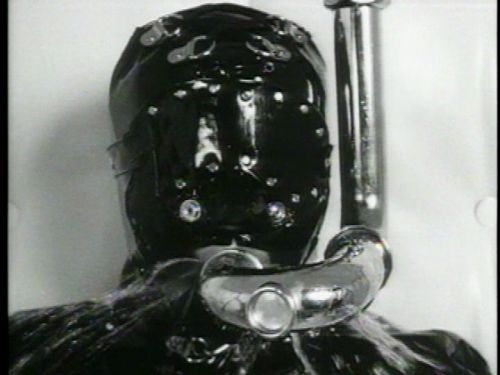

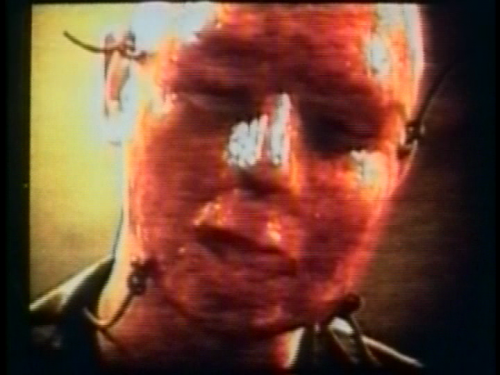
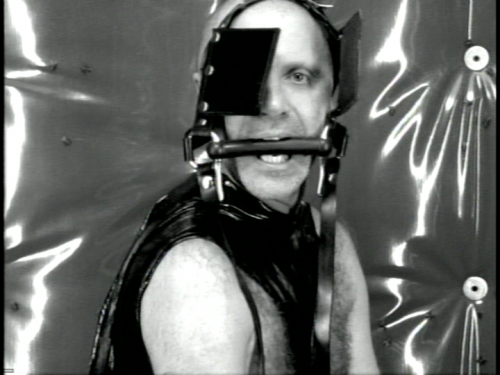
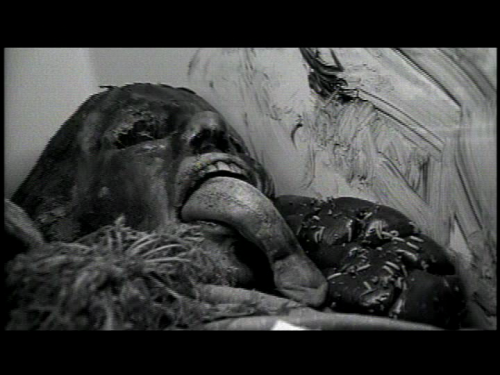
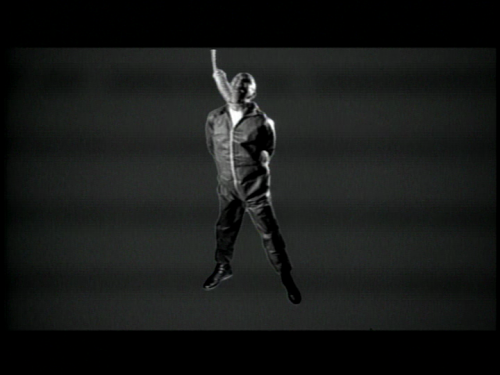
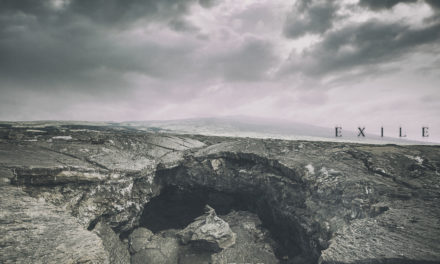
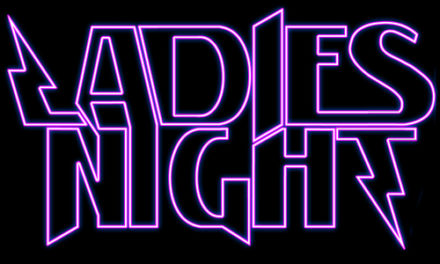

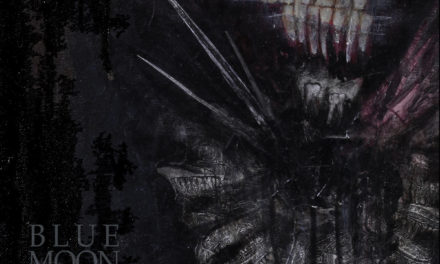
Alex: Well, I don’t know that I can logically attribute the popularity of serial killer chic with industrial rock in the 90s; it wasn’t really a widespread theme amongst the few popular acts (242′s “Serial Killers Don’t Kill Their Girlfriends” notwithstanding).
Really? Rather belabor the point with an exhaustive list of examples (Ministry’s “So What”, etc.) let me just say that there were enough bands using Charlie Manson samples that they could have formed a subgenre themselves.
Fair point, I had basically blotted Electric Hellfire Club out of my memory banks.
I didn’t know that the version on the Closure tape was edited. What are the differences?
“Serial-killer chic” goes back to the days of proto-punk bands like The Adverts who recorded “Gary Gilmore’s Eyes” (someone really needs to cover that song), and could possible be said to date back as far as the Irish Murder Ballads of 18th century.